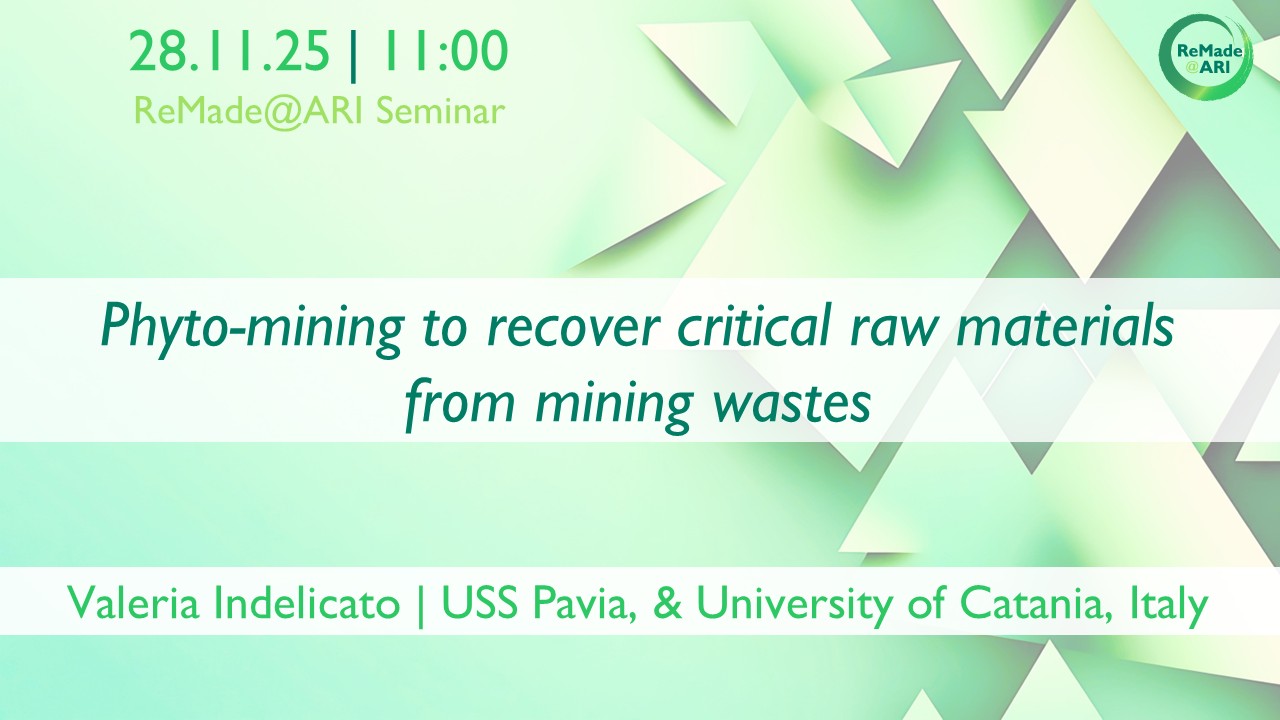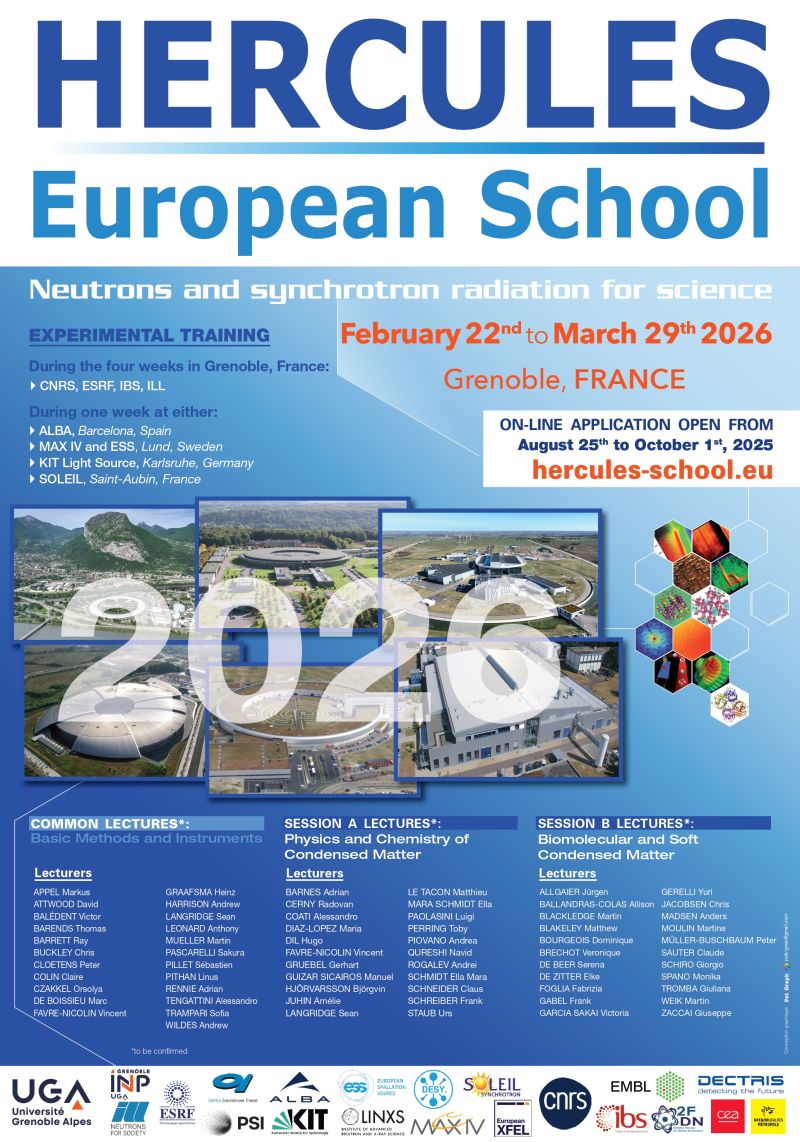
- This event has passed.
Phyto-mining to recover critical raw materials from mining wastes

Zoom webinar | Replay on Youtube (soon)
Valeria Indelicato,
Instituto Universitario di Studi Superiori of Pavia, University of Catania, Italy
Indelicato Valeria1,2,3, Punturo Rosalda2,3, Nogues Isabel4, Guglietta Daniela3, Passatore Laura4, Maldonado Gavilan
Noelia5, Victor Piñon6, Lorenzo Massimi7,8
1 Department of Science, Technology and Society, University School for Advanced Studies IUSS Pavia, Pavia,
Italy
2 Department of Biological, Geological and Environmental Sciences, University of Catania, Catania, Italy
3 Institute of Environmental Geology and Geoengineering (IGAG-CNR), Rome, Italy
4 Research Institute on Terrestrial Ecosystems, National Research Council (IRET-CNR), Rome, Italy
5 Centre for Micro Analysis of Materials (CMAM), Universidad Autónoma de Madrid (UAM), Madrid, Spain
6 Institute of Electronic Structure and Laser (IESL), Foundation for Research and Technology-Hellas, Heraklion,
Crete, Greece
7 Department of Environmental Biology, Sapienza University of Rome, Rome, Italy
8 Institute of Atmospheric Pollution Research (IIA-CNR), Monterotondo St., Rome, Italy
The recovery of critical and strategic raw materials (CRMs) from mining waste is a key challenge for the European Union’s transition toward a circular and sustainable economy. Among the possible solutions, phyto-mining, the use of plants to extract and concentrate metals from soils and waste materials, offers an environmentally friendly alternative to conventional mining.
In this study, serpentinite quarry wastes from the Sila Piccola Massif (southern Italy) were collected and analysed through optical microscopy, SEM-EDS, and XRF within the framework of the ReMade@ARI–RECAMP project (Recovery of Critical rAw Materials from Mining wastes through Plants; PID27426). Serpentinite, which is the main lithotype in the area, proved to contain significant amounts of Ni, Co, Cr, Mn, and Mg elements that are of economic and/or strategic importance for the EU.
Experiments were carried out using Helianthus annuus (sunflower) grown on a control pot substrate and on serpentinite waste material (alone or amended by a mycorrhizae fertilizer) to evaluate the plant’s capacity to uptake and concentrate metals from these substrates. After three months, plant tissues and soil samples were analysed using LIBS, PIXE, and ICP to compare detection efficiency and accuracy among techniques.
The combined use of these analytical methods highlights their complementarity: LIBS effectively detects major elements (e.g., Mg, Ca) but may underestimate trace metals such as Ni and Co due to spectral interference from Fe; PIXE provides greater sensitivity for light and transition elements which present larger effective cross sections for this technique; while ICP served as the reference method to obtain total elemental concentrations and validate the results from the non-destructive techniques.
Preliminary ICP data indicate that sunflower plants accumulate measurable concentrations of Ni, Co, and Mg, but the overall phytoextraction efficiency is limited by the low bioavailability of these metals in serpentinite wastes, mainly due to their mineralogical bonding and alkaline conditions.
Overall, integrating phyto-mining experiments with multi-analytical techniques improves our understanding of plant–metal interactions and supports the sustainable valorisation of serpentinite wastes as a secondary source of critical and strategic raw materials.


